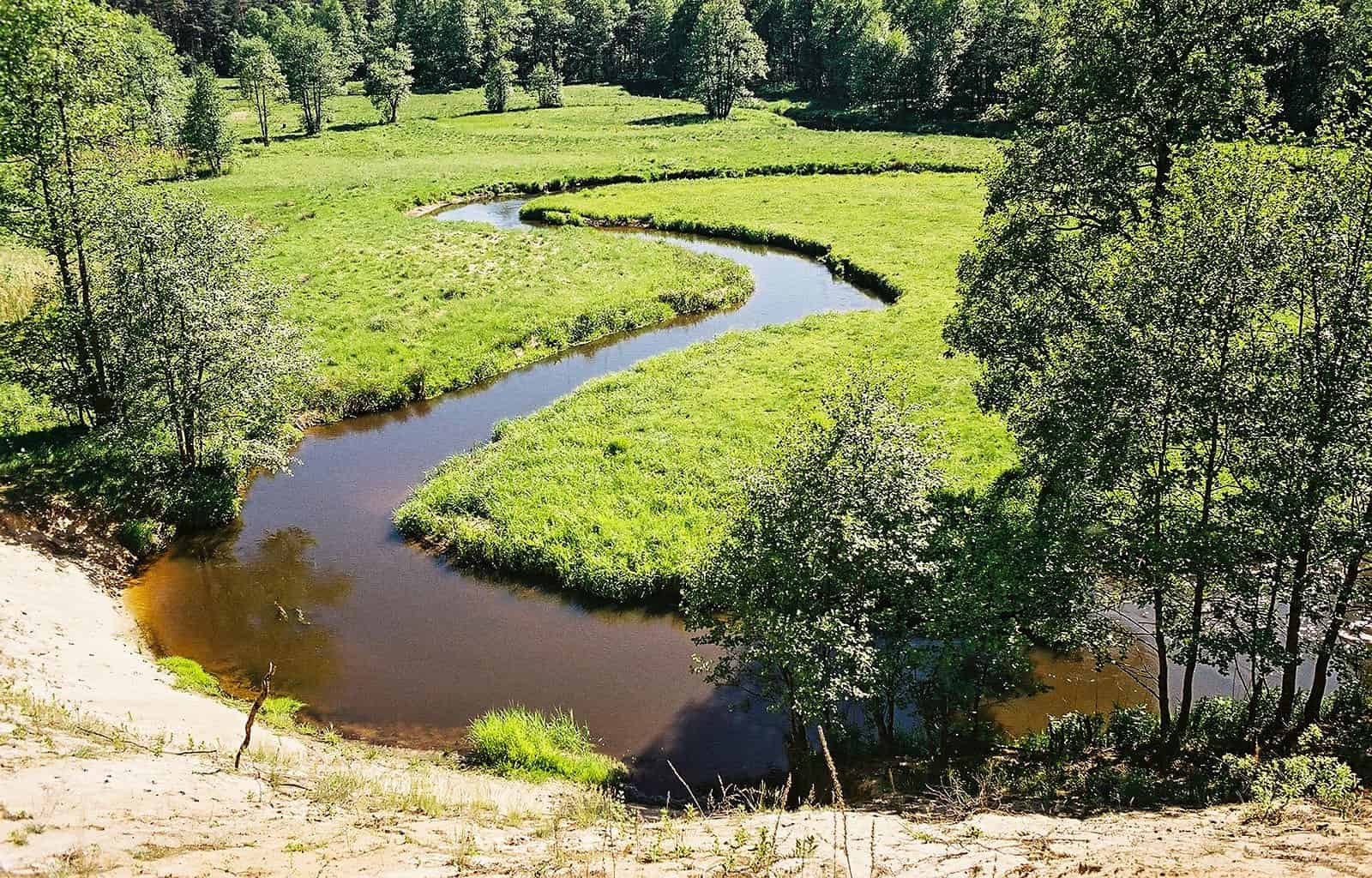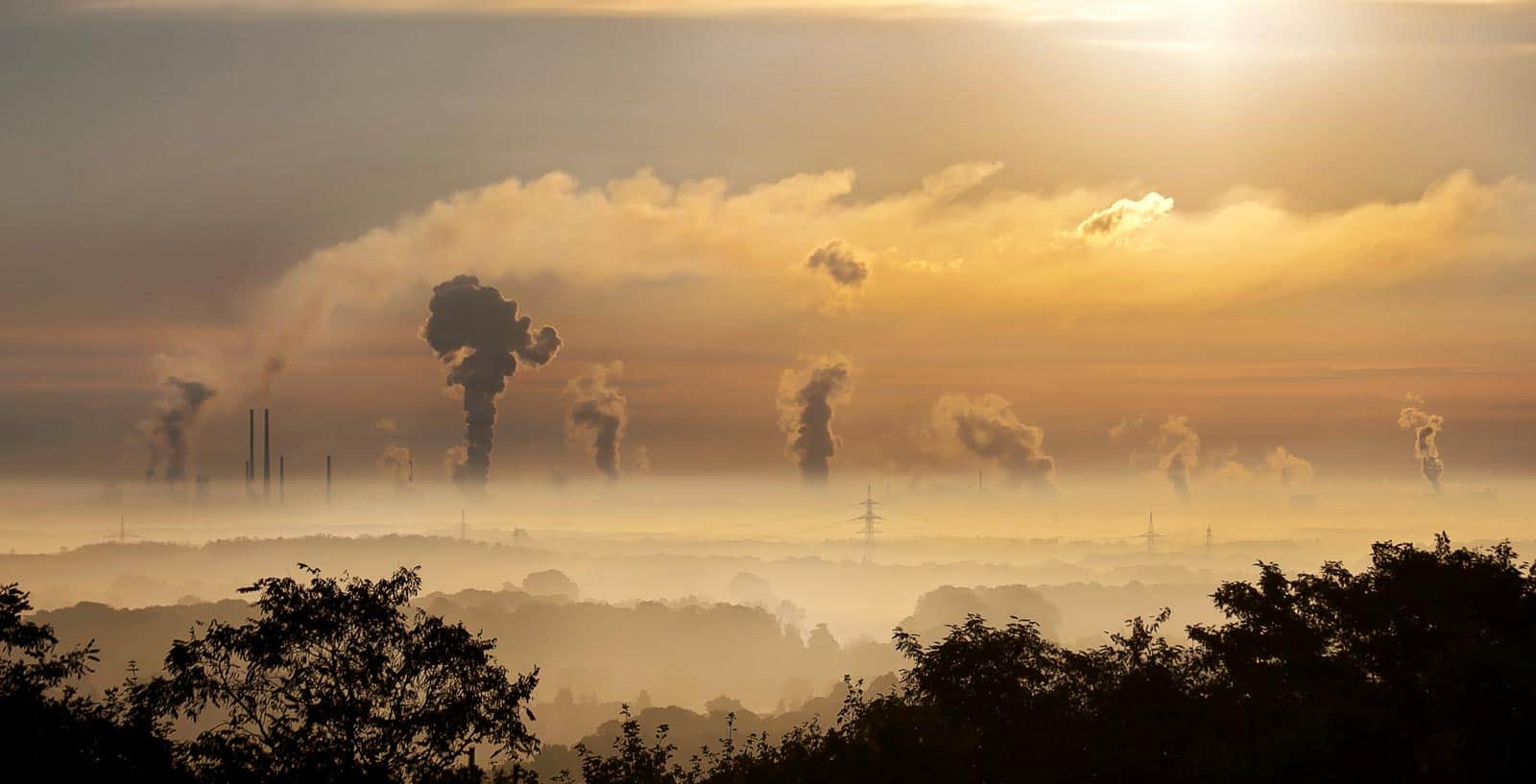UNESCO World Heritage site renomination process in Slovakia
UNESCO World Heritage site of the “Ancient and Primeval Beech Forests of the Carpathian and Other Regions of Europe” is known world-wide. The property represent an outstanding example of relatively undisturbed complexes of pure and mixed stands of European beech across a variety of environmental conditions.
This property was inscribed by the World Heritage Committee first in 2007 and Slovakia (together with Ukraine) were the very first countries participating in this process. The World Heritage site has dramatically increased since then and today includes 78 components, scattered over 12 European countries.
During this enlargement process, it was revealed that the Slovakian parts do not fit well to the UNESCO World Heritage site quality standard. Landownership restitution process, started already at the beginning of nineties, led to almost uncontrolled activities at the sites in contradiction with the major requirements of the UNESCO World Heritage site quality standard. After several years of demanding negotiation the solution was agreed and Slovakia started the process of UNESCO World Heritage renomination.
Please also read: Challenges To Protect Slovak Paradise
Renomination process
The renomination process aims to maintain the integrity of this UNESCO site by removing areas impacted by extractive use. The new (updated) proposal for the Slovak component parts was elaborated. This was the result also the fact that there were big discrepancies between the contentual and map elements of the original nomination.
The Ministry of Environment, respectively the State Nature Conservancy of the Slovak Republic, as the official representative of the State is obliged to put in place this new proposal. Important part of that process was interaction with the landowners and managers of the territory and simultaneously to incorporate the comments of the UNESCO and IUCN inspections. Among others, it becomes necessary to ensure that there is an appropriate management in place for the component site.
The boundary modification approved
The proposal for renomination was approved by the Slovak Government in October 2019. This proposal included a boundary modification of the Slovak components of the UNESCO World Heritage site. The result of this process was that the areas impacted in the previous years were excluded and new one were added.
Threat that the renomination process will be misused
While the proposal developed by the State Nature Conservancy aimed at maintaining the integrity of this UNESCO site by removing select areas from its parameters, one area – Morské Oko Lake National Nature Reserve, has been incorrectly removed from the new proposal. This warning was very clearly communicated by local non-profit organisation Wolf, during whole renomination process.
The areas selected for removal were mostly those whose natural character has been disturbed to the point that the entire UNESCO site was put in jeopardy. Not only is this not the case with the Morské Oko area, but there are also concerns that its inclusion in the proposal of removal is an insincere economic ploy to open the area up to development.
The Morské Oko area does not meet the criteria for removal and approving its exclusion in the Proposal does not serve the aim of the conservation of this UNESCO site. If the proposal will be approved as is, the UNESCO site will be unnecessarily injured and the Morské Oko Lake area will be susceptible to a reduction in its national nature protection status and that would a real disaster for the area and whole renomination process.





















Not really. This is just coincidence and locals use opportunity that the borders of the existing protecting areas are changing.
Vlado, from the article it seems that the Slovak category National Nature Reserve is much less powerful for conservation than UNESCOs World Heritage Site. Is it really?